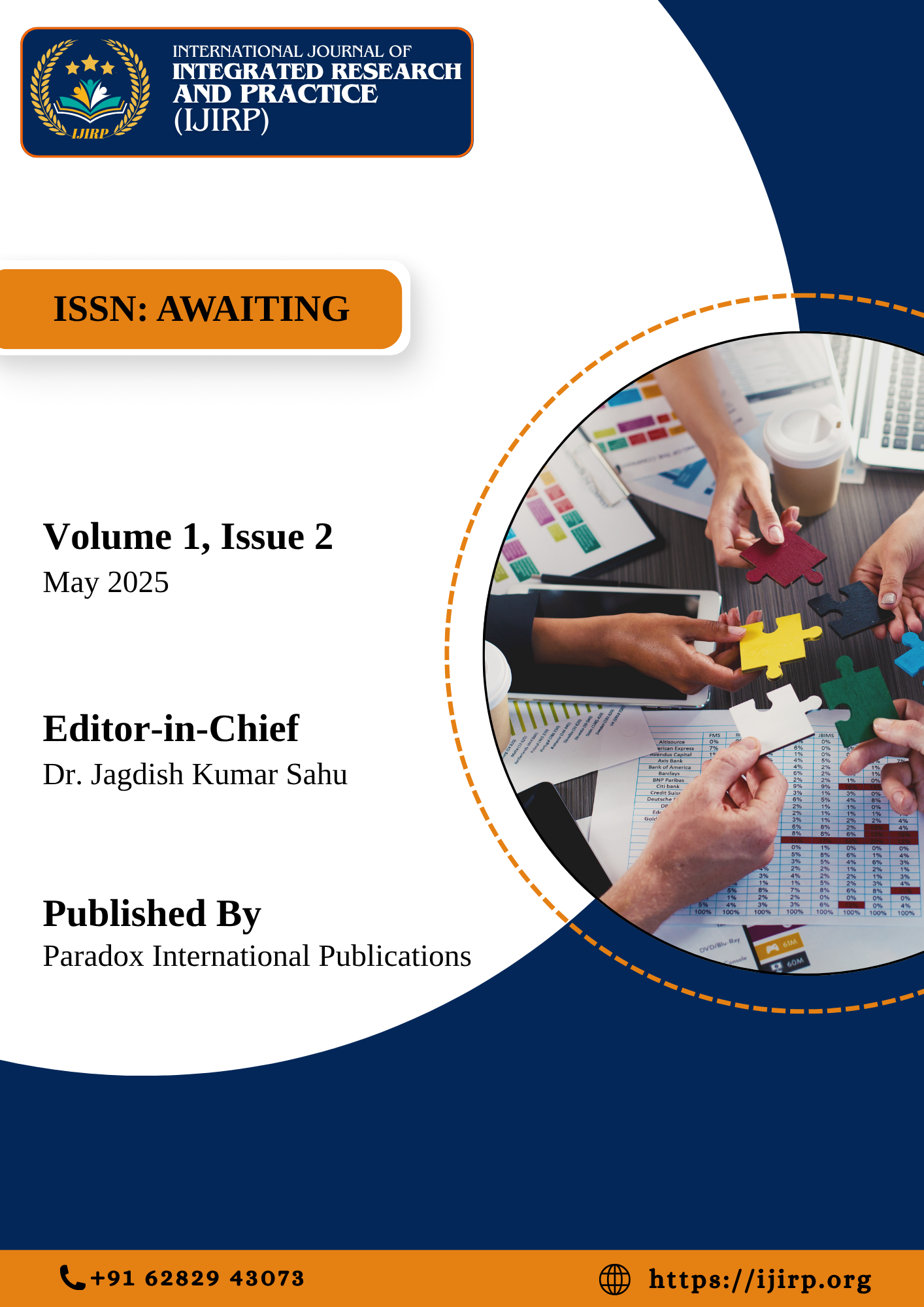The Effect of Social Media on Adolescence Mental Health
DOI:
https://doi.org/10.25215/31075037.006Keywords:
Social Media, Adolescents, Mental Health, Anxiety, CyberbullyingAbstract
Social media development together with its platforms has transformed adolescent communication and social engagement techniques. Young people experience social emotional psychological changes because of the 95% usage of Instagram TikTok and Snapchat among their demographic. The study analyzes the diverse mental health effects which social media creates for adolescents while examining its combined positive and negative consequences. Social media platforms enable individuals to express themselves while being creative and forming peer connections but at the same time they seem to intensify mental health problems of adolescents. This paper analyzes the combined effects of social media platforms to identify their positive aspectstowards community support while helping individuals express themselves and promote advocacy work and their negative consequences which produce mental health issues through stress and depression along with internet bullying and body image difficulties. Social media engagement as a viewer results in higher anxiety levels and depressive symptoms and lower self-esteem but active and creative social media activities frequently generate more favorable results. Social comparison proves to be a main component of research as teenagers evaluate their experiences against the staged perfect representations shown on social media websites. Social comparison reaches its peak on Instagram because this platform encourages individuals to experience body image problems and unease about their appearance. The research analyzes how cyberbullying affects individuals because social communication has migrated to digital environments. The experience of cyberbullying leads adolescents to develop depression and anxiety and they may start experiencing suicidal thoughts. The utilization of social media for support-related activities brings positive outcomes even though it produces adverse results. A considerable number of young people access mental health resources and join communities which both offer emotional support while connecting them to others. Besides examining these positive social impact possibilities the study identifies specific examples from mental health-based communities together with social justice organizations and environmental activists who use social media for change creation. The research methodology includes both a thorough literature survey and survey data from 200 adolescents to study their social media behavior and mental health results. The study demonstrates an undeniable link between long social media usage and mental health deterioration because adolescents who spend more than three hours daily on social media experience higher anxiety and depression symptoms. Additional interviews conducted with 20 adolescents exposed different perspectives about social media experiences through which some participants experienced mixed positive and negative results based on how they used them. The research concludes by recommending methods to decrease adolescent social media-related mental health issues such as digital literacy training and correct screenusage duration and teaching from parents. Higher quality research must examine how social media affects users longer-term together with studying virtual reality technologies and evaluation of programs designed to establish better digital behavior.






